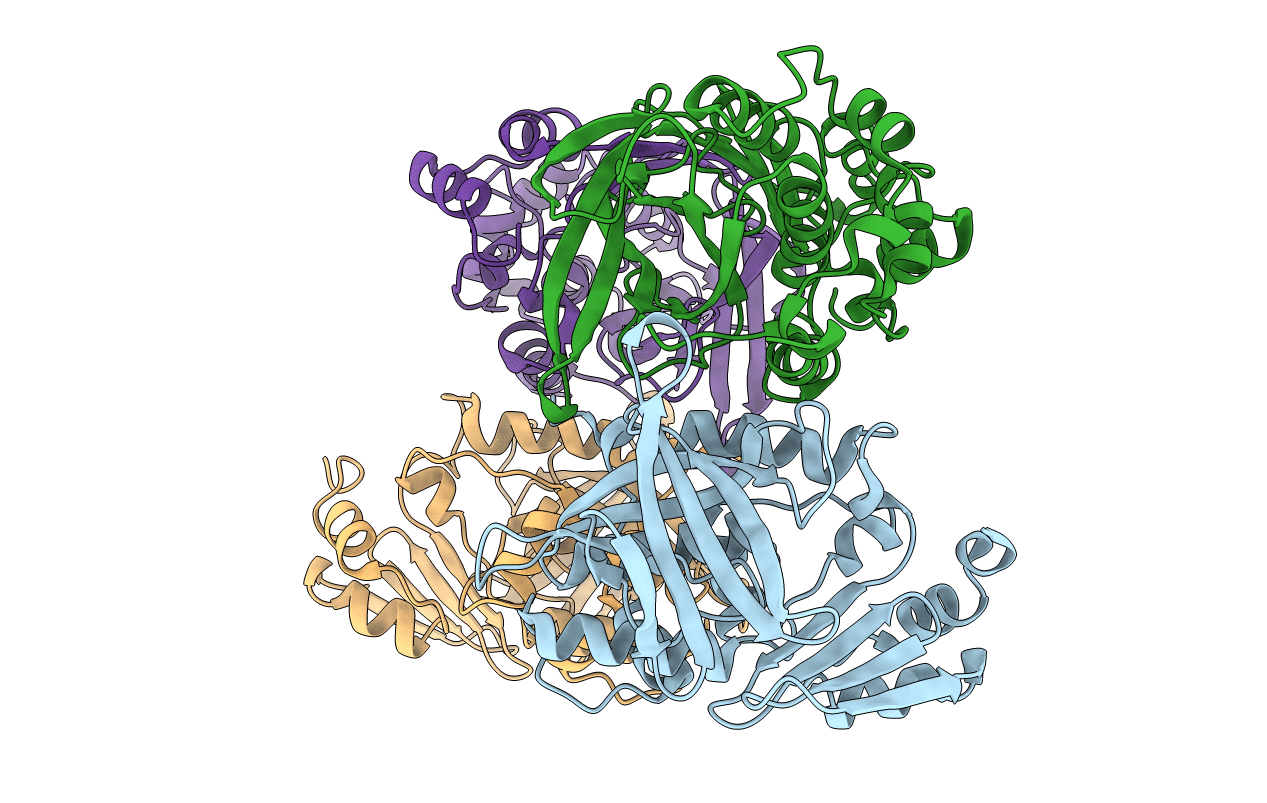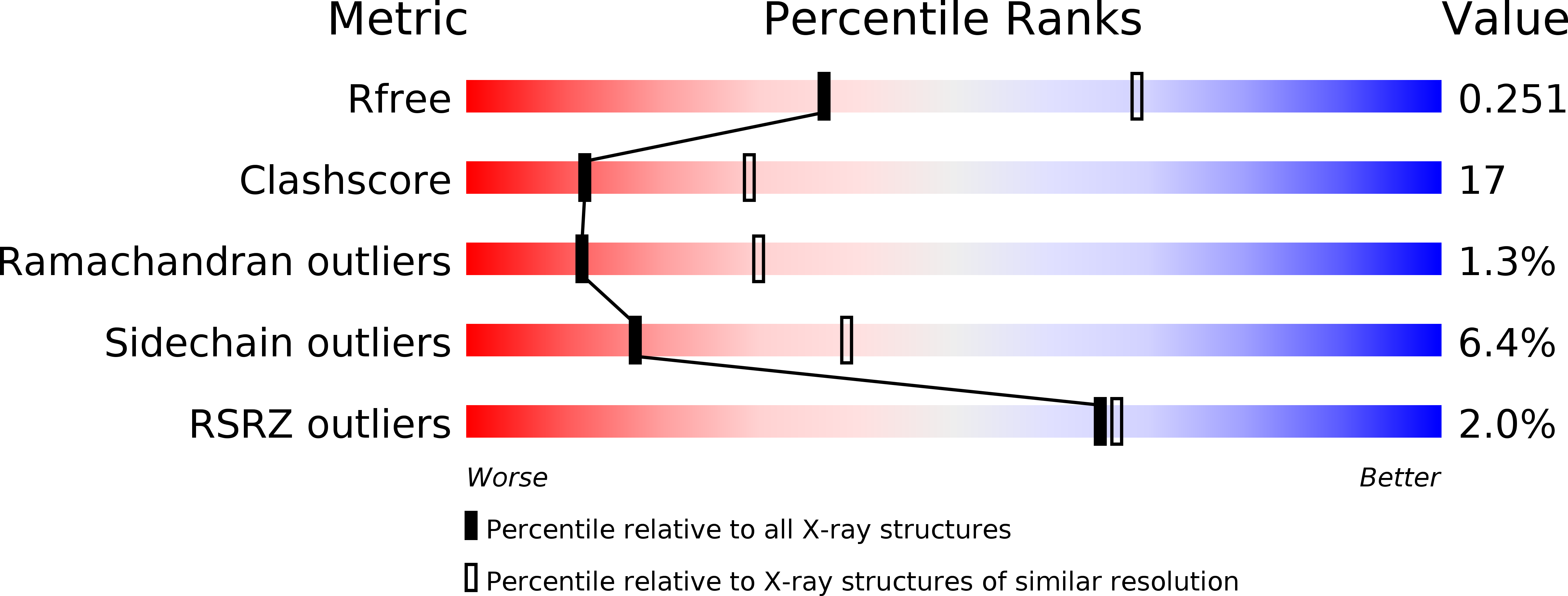
Deposition Date
2008-05-28
Release Date
2008-09-02
Last Version Date
2023-11-01
Entry Detail
PDB ID:
3D9W
Keywords:
Title:
Crystal Structure Analysis of Nocardia farcinica Arylamine N-acetyltransferase
Biological Source:
Source Organism:
Nocardia farcinica (Taxon ID: 37329)
Host Organism:
Method Details:
Experimental Method:
Resolution:
2.70 Å
R-Value Free:
0.25
R-Value Work:
0.19
Space Group:
P 1 21 1


